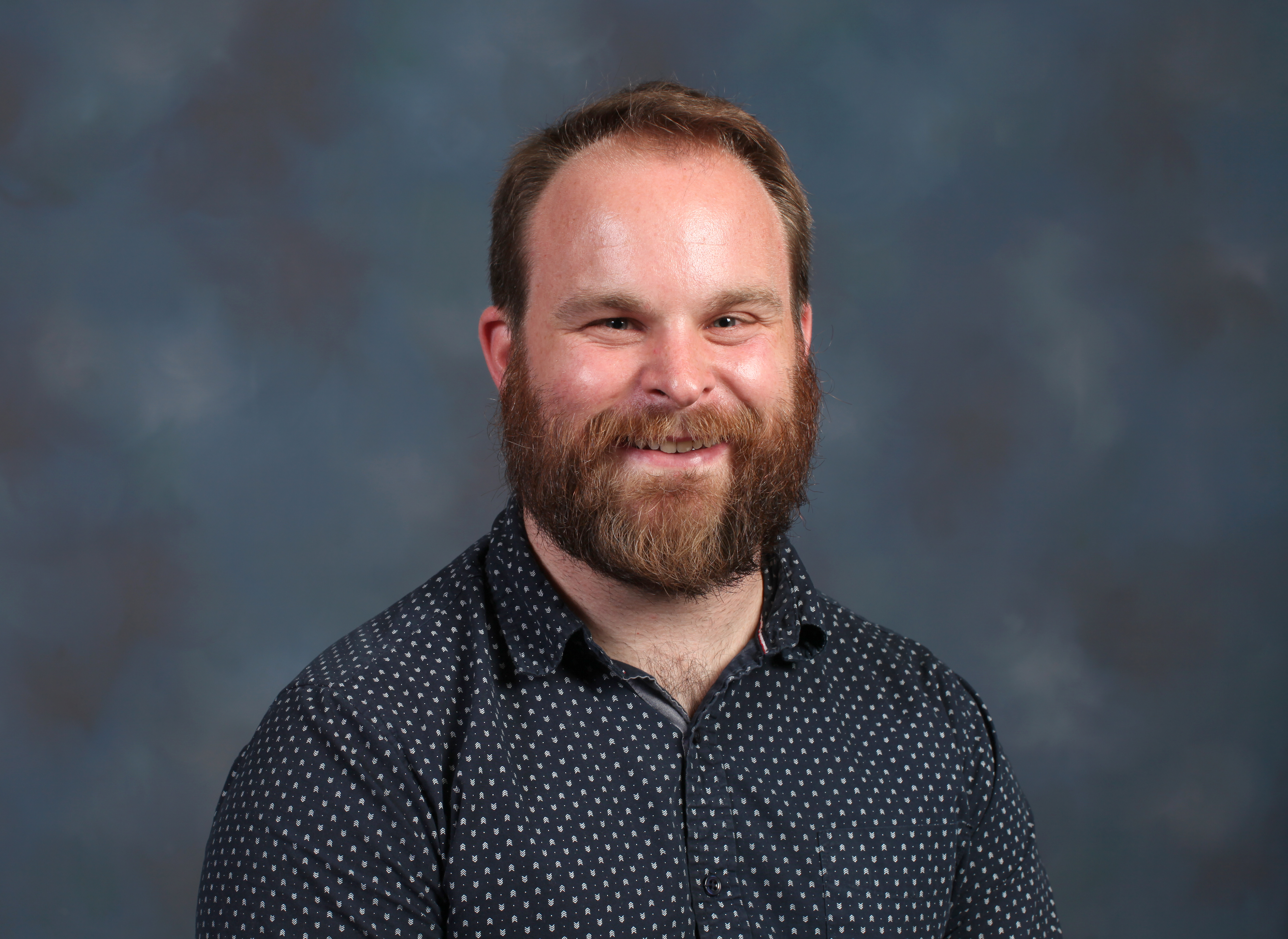The power of an education
John-Michael Cotignola-Pickens, MCC U.S. Washington Office

The United States Capitol building in Washington, D.C.
In 1994, Congress passed the Violent Crime Control and Law Enforcement Act of 1994, also known as the crime bill, in an attempt to be tough on crime. The bill included an amendment to ban Pell Grants for incarcerated students. As a result the number of education programs within prisons fell from over 350 in 1990 to only 12 in 2005 .
The lack of educational opportunities within prisons adds to the obstacles for returning citizens as they are released, including difficulty in finding a job. This can feed into the cycle of poverty and homelessness and increases recidivism rates among returning citizens.
The Restoring Education and Learning (REAL) Act was recently introduced in the Senate. This important bipartisan legislation would restore Pell Grant eligibility for incarcerated individuals, increasing their access to an education and providing them with skills and opportunities once they are released.
The Center for American Progress states that a “postsecondary education improves the lives of those still within prison by reducing the likelihood of violence and violations,” which can help improve the culture within prisons for both the staff and incarcerated individuals. This is just one example of the transformative power of education and how humanizing incarcerated individuals can shift the narrative on mass incarceration.
Isaiah 58 describes the kind of fast God desires from the Israelites, which remains relevant for us today: “Is not this the fast that I choose to loose the bonds of injustice, to undo the thongs of the yoke, to let the oppressed go free, and to break every yoke?… Then your light shall break forth like the dawn, and your healing shall spring up quickly;” (Isaiah 58: 6, 8).
Providing access to educational opportunities for incarcerated people, and removing the barriers for returning citizens to seek employment are part of the work of “loosening the bonds of injustice.” Studies show that tough on crime policies don’t deter crime, but rather criminalize marginalized communities.
The Isaiah 58 passage shows that a fast that strives for justice results in healing for the community. Healing will begin to take place within our own communities when we advocate for access to education for incarcerated persons– a healing that can be seen in a reduction in the recidivism rate, reduced violence in our prisons, and the breaking of the cycle of poverty and homelessness that destroy so many communities. The REAL Act begins the healing process of acknowledging the harm that was done by the punitive strategies enforced by the crime bill and works toward humanizing incarcerated students.
In the weeks to come Congress will be discussing reauthorization of the Higher Education Act. It is important that members of Congress hear our voices. Speak out in support of the REAL Act.
The United States Capitol building in Washington, D.C. MCC photo/ Cherelle M. Dessus




